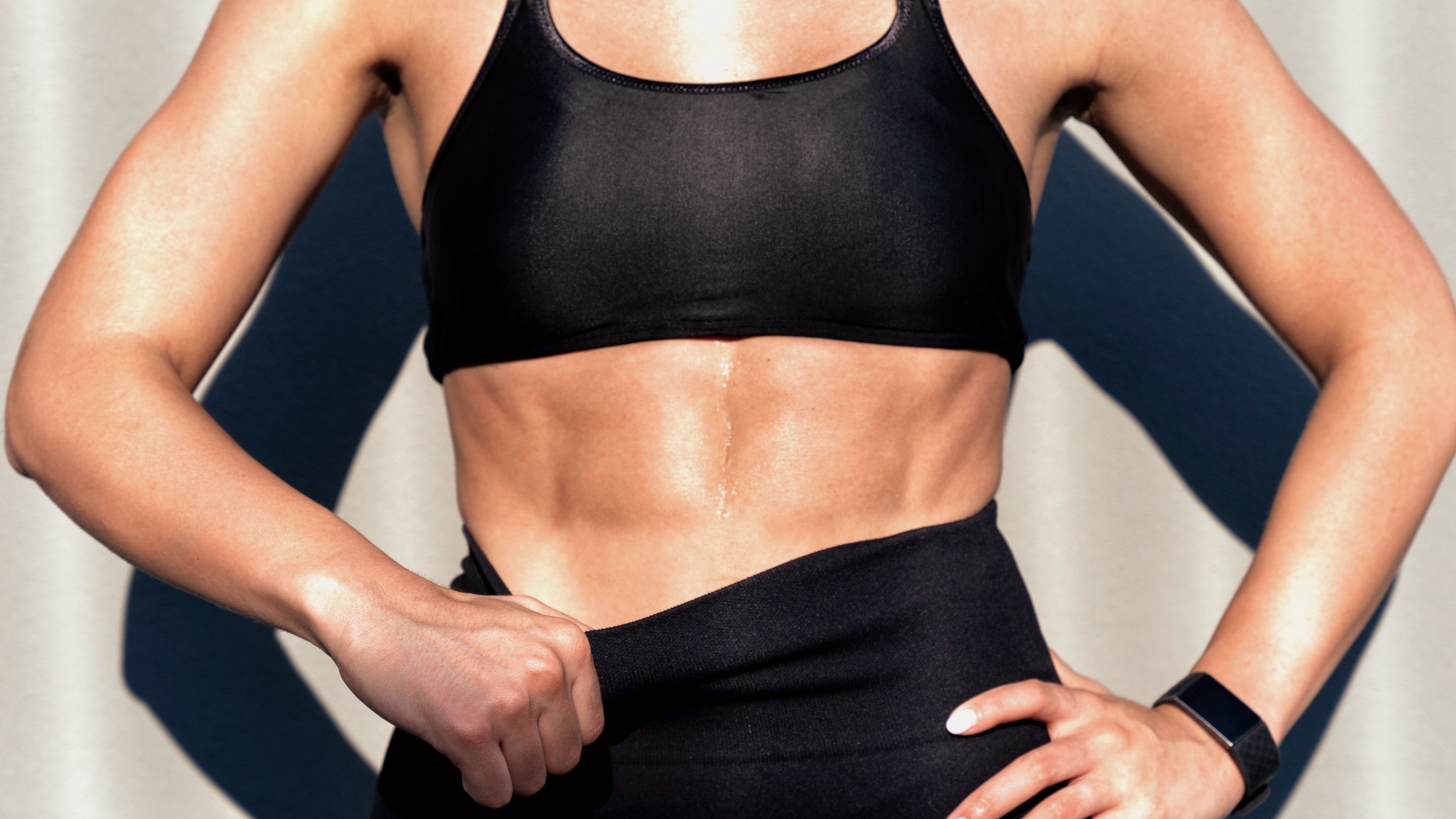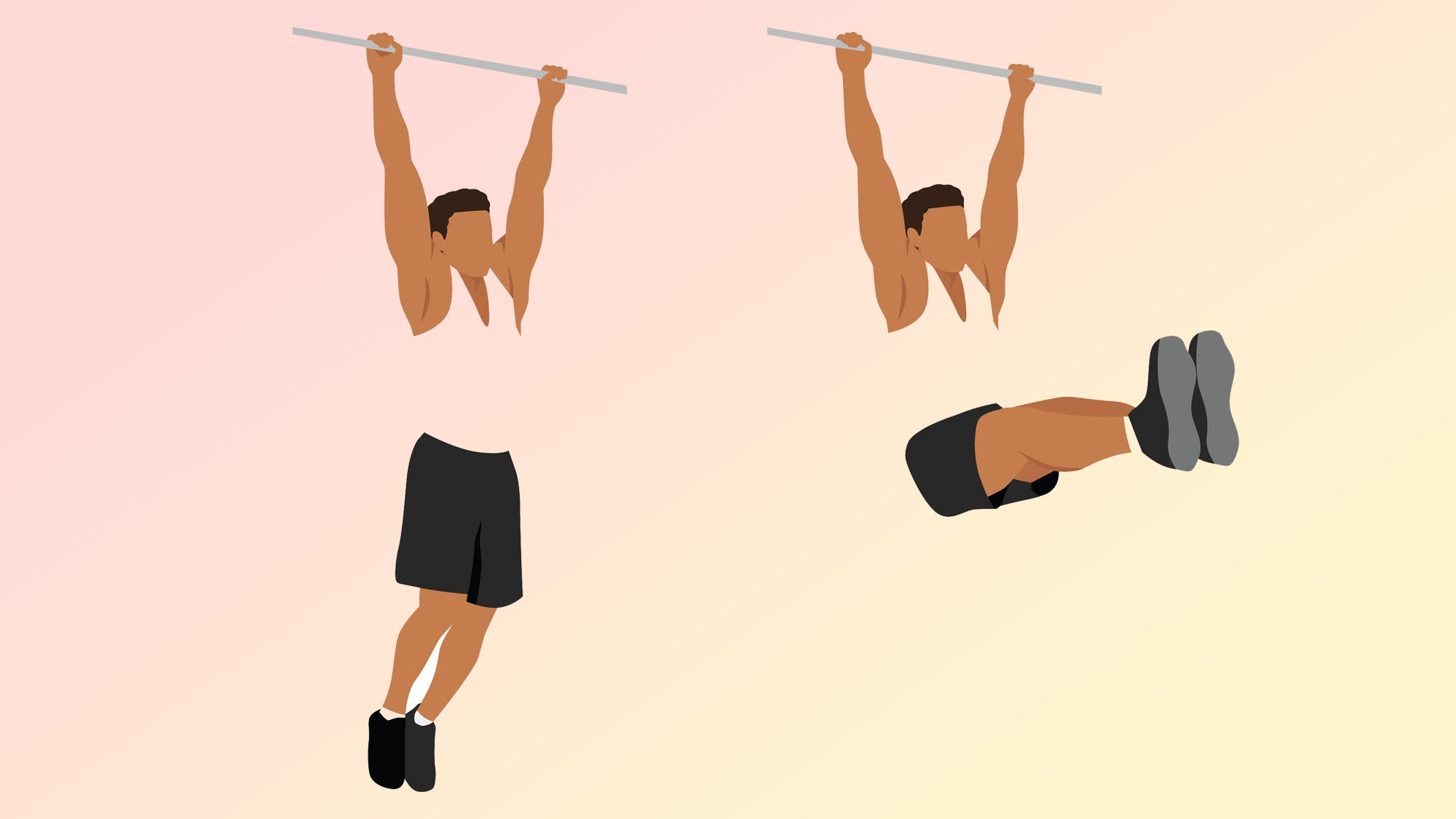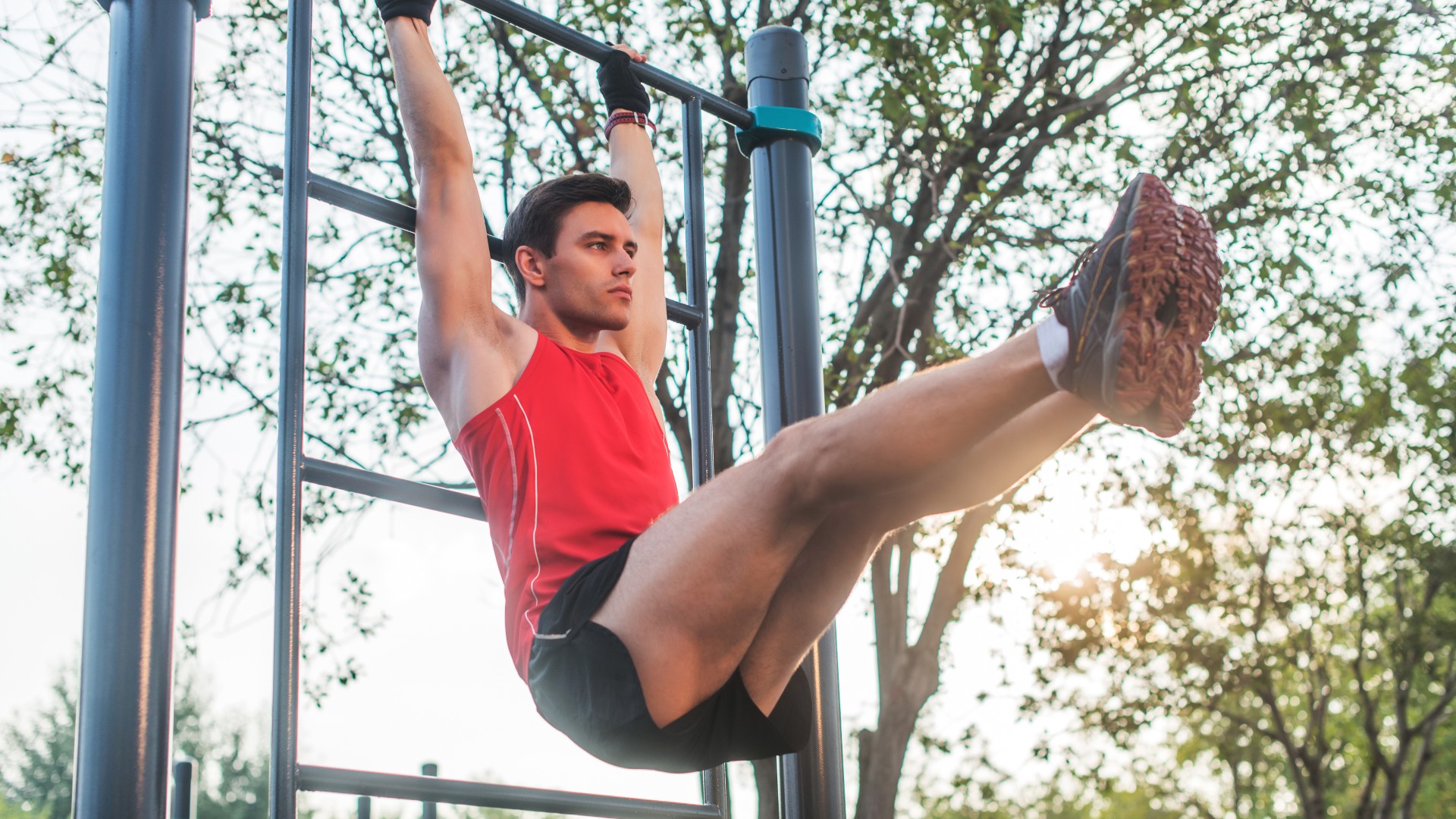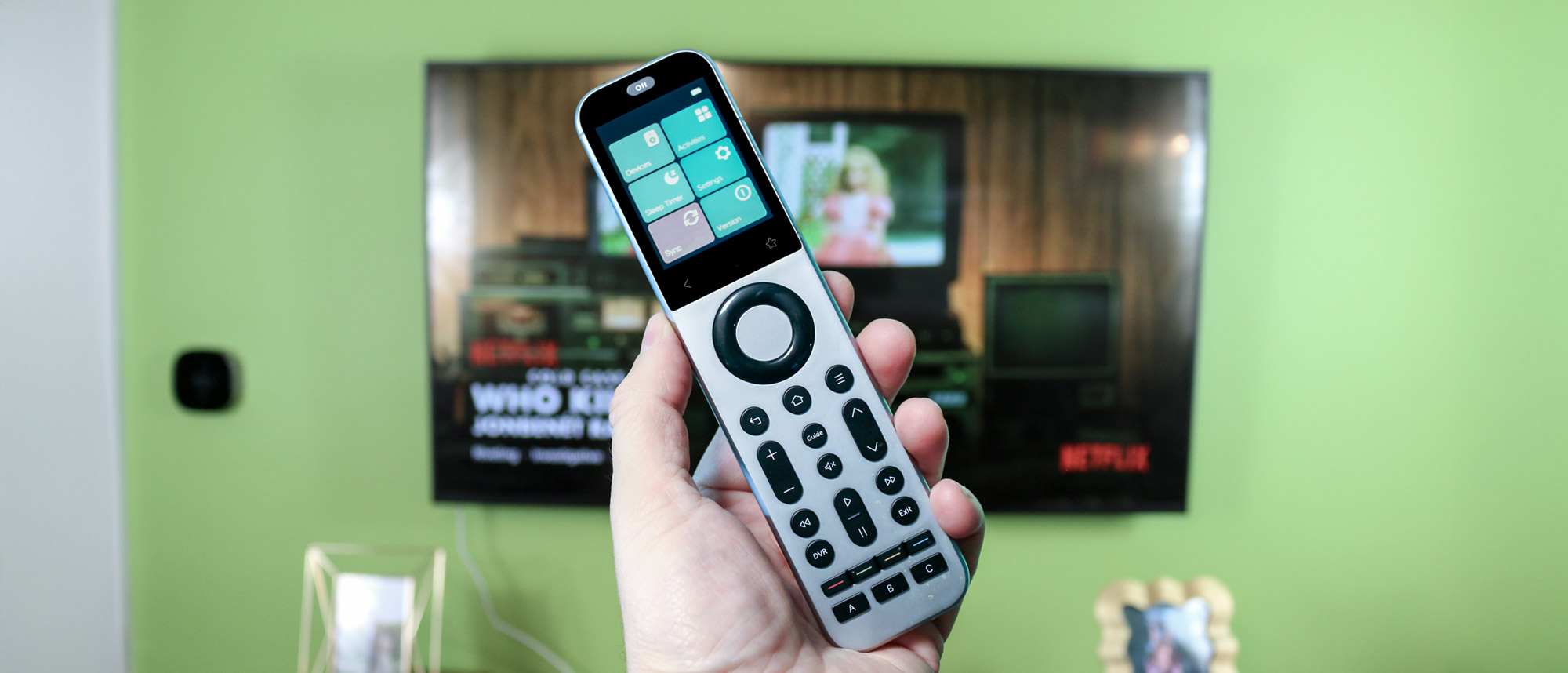
Coach Daniel Herman knows a thing or two about training strong core muscles, and he’s got something better for you than sit-ups, crunches or Russian twists. You might already know it, but he’s got a trick up his sleeve to make this abs exercise even more effective.
“After years of coaching athletes, clients, and everyday lifters, there's one abdominal movement I consistently return to — the hanging leg raise,” says Herman.”It’s an advanced variation of a common exercise, but it’s often done incorrectly or overlooked entirely.
“When performed with proper control and technique, it offers unmatched benefits for both aesthetics and function.”
Here’s how to do it — and one trick that will elevate this bodyweight exercise even more.

Daniel is a NASM-qualified coach who has worked with a range of clients from athletes to the everyday gym-goer. He is also the founder of Bio Synergy.
What is the hanging leg raise exercise?

When it comes to core training, most people stick to what they know, like planks or crunches, but this is a move well worth investing in.
“The standard hanging leg raise involves lifting your legs while hanging from a bar,” Herman explains. “But the key difference here is the posterior pelvic tilt at the top of the movement — a subtle but powerful action where you tuck your pelvis upward, rounding the lower back slightly.
“This small shift dramatically increases abdominal activation by engaging the lower fibers of the rectus abdominis and eliminating the momentum that often makes the movement less effective.”
Get instant access to breaking news, the hottest reviews, great deals and helpful tips.
Why it works
Herman tells us that most people don't realize the lower abdominals are notoriously difficult to target effectively. “Movements that seem like they train them — like leg lifts or even planks — often recruit the hip flexors more than the abs,” he says.
“But when you incorporate the pelvic tilt, you're no longer relying on swinging or momentum. Instead, you're forcing your abs to contract through their full range of motion. That’s where the magic happens.”
Benefits include improved lower abdominal activation, strengthening the deep core stabilizers that support your spine and pelvis, better control and coordination during compound lifts, enhanced mobility and a reduced risk of hip flexor dominance or lower back pain.
These benefits can translate directly to athletic movements like jumping, sprinting and changing direction.
“In my experience as a strength and conditioning coach, very few core exercises offer as much reward as this one, particularly when it comes to functional strength and body control.
“Whether you’re a powerlifter, a field sport athlete, or simply someone trying to build a solid midsection, this movement delivers. It’s also scalable — beginners can bend their knees and work their way up, while advanced athletes can add resistance or perform tempo-based reps.”
How to do hanging leg raises

Herman recommends prioritizing form over volume to get the most out of it.
- Beginners: Start with bent-knee raises (knees to chest) and focus on the pelvic tilt at the top by posteriorly rotating the pelvis and rounding the lower back slightly. Perform 3 sets of 6–8 controlled reps, resting 60–90 seconds between
- Intermediate to advanced: Use straight legs and add tempo so that you lift for 2-3 seconds, pause, then lower for 3 seconds. Add ankle weights or resistance bands to increase intensity. Program 2-3 times per week at the end of your workout or as part of a core routine.
Herman recommends pairing the hanging leg raise with pelvic tilt with anti-rotation work (like the Pallof press) for a “balanced, bulletproof core routine.”
“Not all abdominal exercises are created equal, and sometimes the lesser-known variations provide the biggest returns,” Herman explains. “The hanging leg raise with posterior pelvic tilt isn’t flashy, but it’s brutally effective. Train it consistently, with intention and precision, and you’ll not only see changes in your midsection, you’ll feel stronger, move better and lift heavier across the board.”
Follow Tom's Guide on Google News to get our up-to-date news, how-tos, and reviews in your feeds. Make sure to click the Follow button.
More from Tom’s Guide
- My dad is 72, and these are the 3 strengthening exercises I use to build his strong core and improve balance
- 5 compound core exercises that sculpt strong obliques
- Who needs running? These 5 compound exercises burn fat and build muscle after 50

Sam Hopes is a level 3 qualified trainer, a level 2 Reiki practitioner and fitness editor at Tom's Guide. She is also currently undertaking her Yoga For Athletes training course.
Sam has written for various fitness brands and websites over the years and has experience across brands at Future, such as Live Science, Fit&Well, Coach, and T3.
Having coached at fitness studios like F45 and Virgin Active and personal trained, Sam now primarily teaches outdoor bootcamps, bodyweight, calisthenics and kettlebells.
She also coaches mobility and flexibility classes several times a week and believes that true strength comes from a holistic approach to training your body.
Sam has completed two mixed doubles Hyrox competitions in London and the Netherlands and finished her first doubles attempt in 1:11.
You must confirm your public display name before commenting
Please logout and then login again, you will then be prompted to enter your display name.










